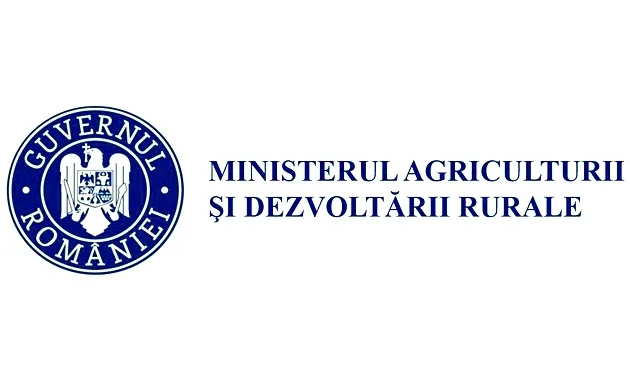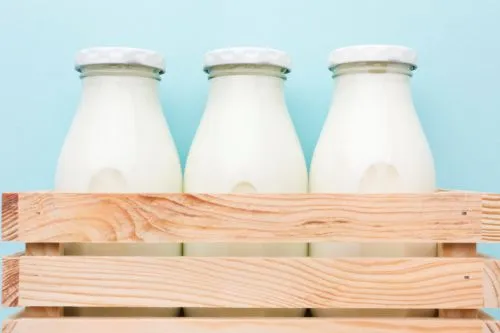
As noted by AllAboutFeed, significant savings in land and water resources can be achieved through increased use of by-products in the feed sector, researchers have found.
Replacing energy-consuming crops with agricultural by-products
While animal-derived foods contribute to 16% of global food supply and represent an important source of protein in human diet, their production uses a disproportionately large portion of agricultural land and water resources.
The study showed that replacing 11-16% of currently used energy-consuming crops for animal feed, such as cassava and cereals, with agricultural by-products would save between approximately 15.4 and 27.8 million hectares of land and 3-19.6 cubic kilometers and 74.2-137.9 cubic kilometers of blue and green water, respectively, for the cultivation of other food crops.
Animal feed production can compete with plant food production
This saving of natural resources, say the researchers, is an appropriate strategy for reducing unsustainable use of natural resources both locally and globally through virtual trade in land and water. It also shows that animal production can therefore directly or indirectly compete with plant food production.
Agricultural by-products are defined as secondary products derived from the processing of primary crops, such as grains and sugar. The study involved examining cereal bran, sugar beet pulp, molasses, distillery residues, and citrus pulp.
Camilla Govoni, a researcher at Politecnico di Milano, Italy, said that not only does the use of agricultural by-products in animal feed reduce competition between sectors and pressures on resources, but it would also increase the availability of calories that can be directly allocated to human diets: "If the saved resources are used for other purposes, including the production of plant foods lacking in current diets, it would improve food security in several countries, with healthier and more sustainable food choices.
The use of alternative ingredients in animal diets would lead to increased sustainability and reduced environmental impact not only locally, where the company grows and produces meat and animal products, but also over long distances.
Maria Christina Rulli, a professor of Hydrology and coordinator of the Glob3ScienCE Laboratory, added that a decrease in demand for animal feed could lead to lower imports of feed, producing economic and socio-ecological benefits: "The production of certain fodder products actually corresponds to the over-exploitation of water resources and deforestation, with consequent effects on greenhouse gas concentrations in the atmosphere and loss of biodiversity."
Intersectoral decrease in demand for cereals
She said that the intersectoral decrease in demand for cereals was particularly important, given that the supply of such crops is in danger due to the Ukraine/Russia conflict, residual effects of the Covid 19 pandemic, and extreme weather conditions induced by climate change.
The main challenge, therefore, is to explore innovative feeds that can function as an alternative to conventional ones.
Innovative nutrition
Luciano Pinotti, a professor of nutrition and food science at the University of Milan, added that by transforming feeds and agricultural by-products into high-value-added products and services, animal production makes a fundamental contribution to the bioeconomy.
Animal farming is often considered responsible for a significant global environmental impact, which is why it is essential to rethink animal nutrition in particular, as it is one of the main reasons for resource competition.
The approach should be the development of "smart animal nutrition," where research must come up with solutions to increase animal protein production without increasing the environmental footprint of animal protein.
Hence the importance of studying animal nutrition not only in terms of competition but also in terms of synergies and complementarity with human nutrition, so as to optimize nutrient use in the food chain.
The main challenge, therefore, is to explore innovative feeds that can function as an alternative to conventional ones, possibly not competing with human food, part of the circular economy, and intended for "single nutrition". (Photo: Freepik)




